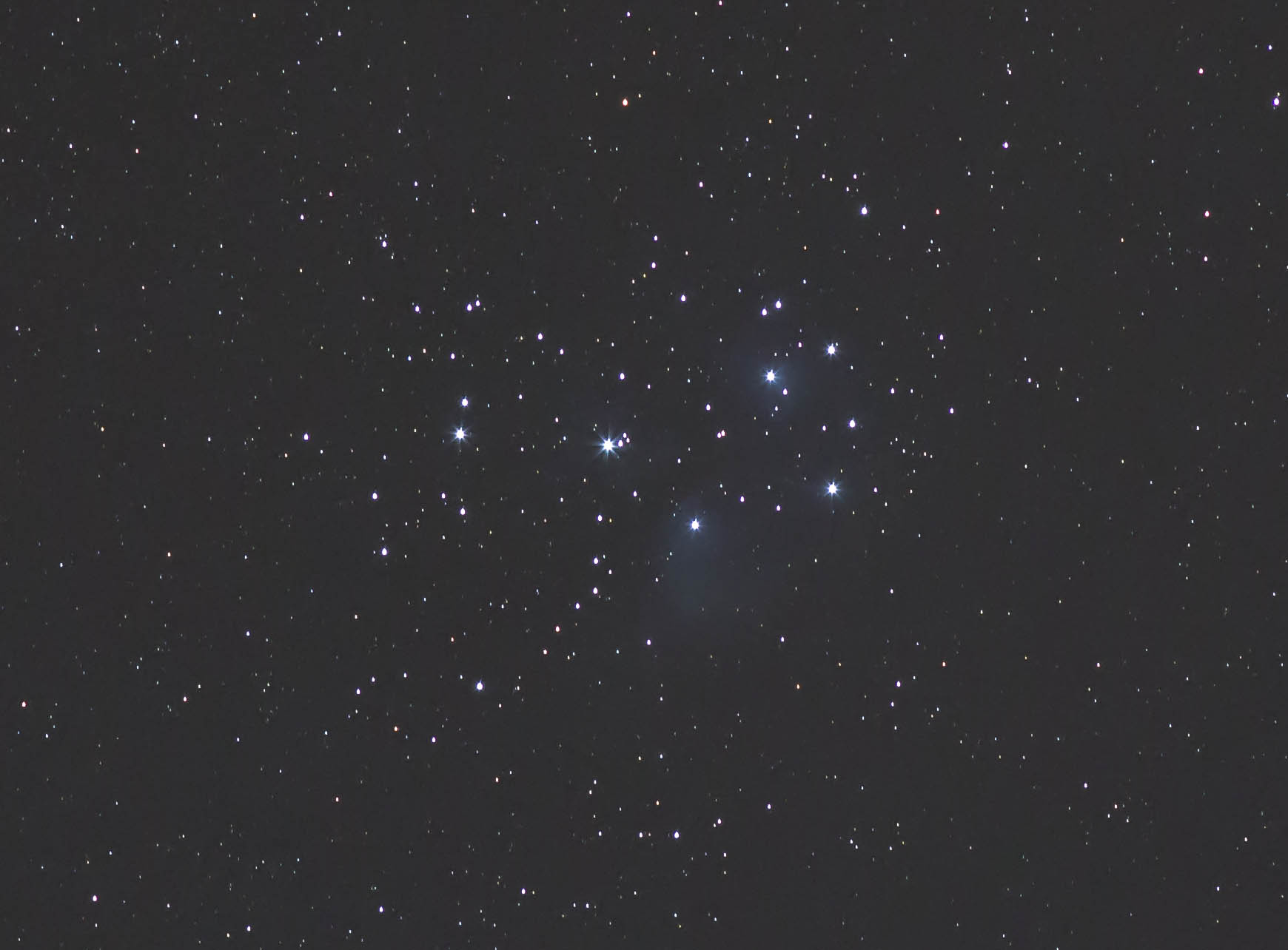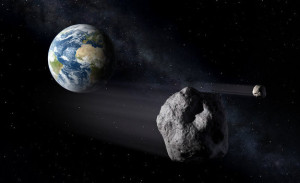Tomorrow night an asteroid the size of a small mountain will pass about 3 Moon distances from the Earth, and will be in perfect position for binocular viewing in the U.S. Details and a tracking chart are available at Sky and Telescope. I also use their interactive sky chart to find the locations of constellations, clusters, planets, etc., for specific nights and my location.
Asteroid 2004 BL86 will be moving at about 2.5 deg. per hour generally northward and pass right next to the Beehive Cluster (M44) between 11 p.m. and midnight CST. It is estimated to be over 500 meters in diameter, which is like 5 football fields long (and high and wide).
From what I’ve been able to find on the energy equivalent if one of these bad boys hit the Earth, this one would easily wipe out the entire New York City metro area. (The resulting climate impact would likely be cooling for years, but I don’t believe in the nuclear winter scenarios where most life is wiped out — dust settles out of the atmosphere relatively fast).
For those of us in the central time zone, the asteroid should be visible in binoculars with a fairly dark sky, brightest around 11 p.m. till midnight (when it will be fully illuminated by the sun on the other side of the Earth), and will be almost directly overhead. If the clouds move out of N. Alabama in time, I’ll be doing time lapse photography and will post a video if weather permits. I’ll be using a 200 mm f/2.8 lens at f/4.0, 30 sec exposures, ~ISO 2000, and star tracking with an AstroTrac on my tripod. Those settings provided this view of the Pleaides (about the same size as the Beehive Cluster) last night from my backyard:


 Home/Blog
Home/Blog




